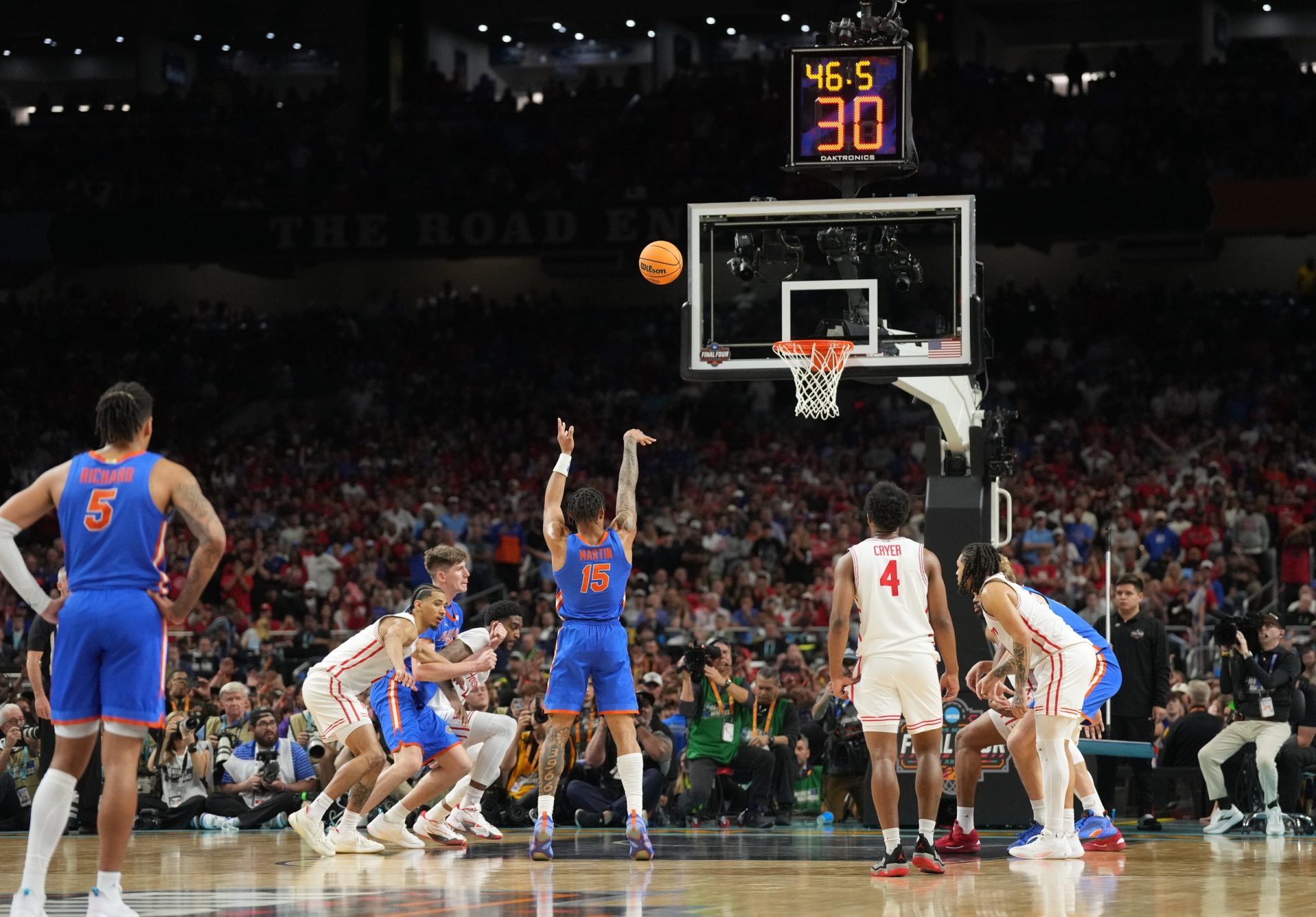Every March, the madness kicks in. Cinderella stories are born, and college hoops fans are stuck to the NCAA tournament matches. However, for those used to the NBA, the rules of college basketball can be confusing.
Like, how many fouls before a player fouls out? And what’s this “bonus” everyone keeps yelling about?
How Many Fouls Does It Take To Give Away a Bonus?
Fouls happen when players break the rules. It could be physical contact like reaching in, bumping, or holding. Or something less obvious, like setting a moving screen. In college hoops, both men’s and women’s games count personal fouls and technical fouls toward a player’s total. If a player makes five fouls, they are benched.
Now, technical fouls aren’t always about physical play. It can be yelling at a ref, slamming the ball in frustration, or behaving like a sore loser. Those still count toward a player’s foul limit. Then, the next step up is the flagrant fouls.
These are for excessive or dangerous contact. In men’s college basketball, there are two levels. Flagrant 1 is excessive but not cruel, and Flagrant 2 is brutal or dangerous. A fFagrant 2 not only gives the opponent two free throws and the ball but also gets the offending player ejected from the game. Now, coming to the bonus.
In men’s college basketball, the game is split into two 20-minute halves. Each team gets a clean slate at the start of each half, and once a team has seven fouls, things change. That’s the moment when the opposing team enters the bonus. This means they get a “one-and-one,” a free throw.
They shoot one free throw, and if it goes in, they get to shoot another. But if they miss the first, there is no second chance. Now, if the team reaches ten fouls in a half, the opponent is in double bonus territory. This means there is no “one-and-one.” It is two free throws, no matter what.
This can swing momentum in the final moments of a match. Now, there is a difference in women’s college basketball. The games are played in four 10-minute quarters instead of halves. Each team is allowed four fouls per quarter. Once a team commits the fifth foul, the opponent goes straight into the double bonus.
That means two free throws for every foul, whether it’s on a shot or not. And just like the men’s game, the foul count resets after each period. So teams get a fresh start every 10 minutes. There is also another difference.
KEEP READING: Men’s Basketball Programs With the Most National Championship Wins
The women’s college hoops dropped flagrant fouls back in 2017 and switched to a system like international (FIBA) rules. Now they call them unsportsmanlike and disqualifying fouls. Unsportsmanlike ones mean two free throws and ball possession for the opponent. And the disqualifying ones mean that the player is simply out.
So the next time someone yells “bonus!” from the couch, just know that the fouls have been adding up.
College Sports Network has you covered with the latest news, analysis, insights, and trending stories in football, basketball, and more!


